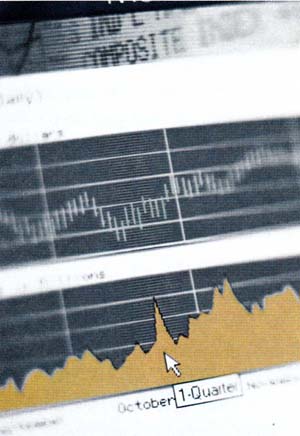Long Term Capitol Gains Rates

To take advantage of the favorable 2012 capital gains rates, you may want to review your investments and consider realizing some of your long-term capital gains prior to year-end. To keep your position, you can always reinvest some or all of the sale I proceed in the same or similar Investments.
For some taxpayers, the effective tax rate, they'll pay on capital gains in 2013 may be even higher due to the 3.8% Medicare tax. Placing a greater portion of your investment funds into tax-exempt bonds after 2012 may help reduce your tax exposure. Look at your situation now to see if this action would fit your investment objectives.
Another way to reduce taxes on capital gains is to use any net capital losses you may have realized in 2012 or carried over from an earlier tax year to offset the gains. Capital losses are generally deductible in full against capital gains, and any capital losses in excess of capital gains may offset up to $3,000 of ordinary income ($1,500 if married filing separately). You may carry forward any excess capital losses you aren't able to deduct under these rules for use in later tax years, subject to the same limitations. If you have significant gains in 2012, it might make sense to realize some offsetting losses on investments you no longer want to hold. But be sure to weigh all relevant factors before you make investment decisions.
| Long Term Capitol Gains Rates | 2012 | 2013 |
| Most Investments (if ordinary tax rate is above 15%) | 15% | 20%* |
| Most investments (If ordinary tax rate is 10% (in 2012) or 15%) | 0% | 10%** |
| Collectibles | 28% | 28% |
| Real estate (amount up to prior allowable depreciation; rest of gain is taxed the same as gain on most investments) | 25% | 25% |
*For net capital gain from assets held more than five years, the 20% rate is reduced to 18% if the holding period for the assets began alter December 31, 2000.
**For net capital gain from assets held more than five years, the 10% rate is reduced to 8%.
Aside from timing your gains and losses, you can:
- Tax-swap securities to accelerate losses without significantly changing your investment position. When 'you tax-swap securities, you sell securities at a loss for tax purposes and replace them with the same or similar securities. Watch out for the tax laws "wash-sale" rules, though. If you sell securities at a loss and purchase substantially identical securities within 30 days before or after the sale, your loss will be disallowed. You can get around this rule by
selling securities on which you have a paper loss and replacing them with securities of another company in the same industry having similar prospects. Alternatively, you can "double up" on the securities, wait 31 days, and then sell your original securities at a loss. Pay attention to any dividend payments during the wash-sale period. If these dividends are reinvested in additional shares, you may lose your ability to deduct part of your original loss. - Take a capital gains distribution from your mutual fund in a check rather than reinvesting the distribution. Then, sell fund shares. As long as the shares sell for less than the amount you paid for them, you generate a capital loss that can offset some or all of the distributed gain.
Keep An Eye On Dividends
In 2012, qualifying dividends are generally taxed at a maximum rate of 15% - or 0% for dividends otherwise taxable in the lowest two ordinary tax brackets. Most dividend income received from domestic corporations and qualified foreign corporations is eligible for these favorable rates, as long as you hold the underlying stock.
Page 5


